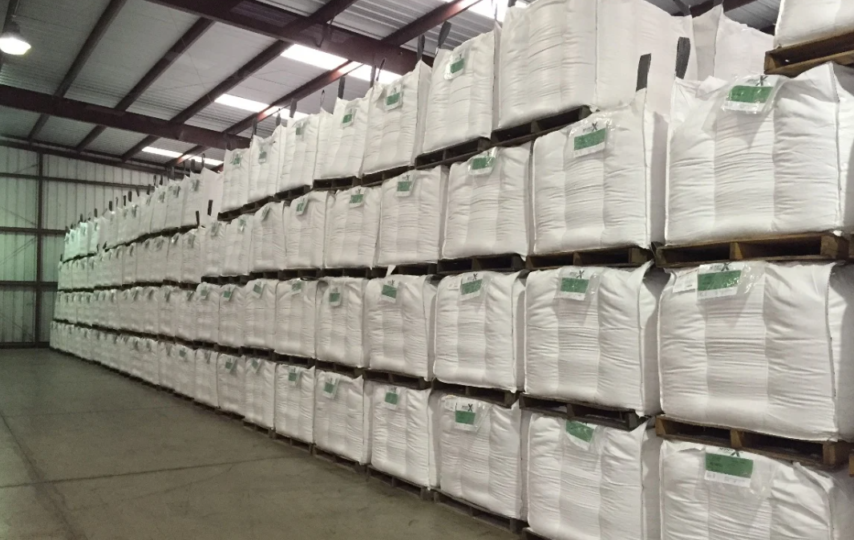Utilizing FIBCs simplifies the transport of unwieldy items from the warehouse to the distributor. After that, wholesalers can repackage the substance in consumer-friendly quantities without compromising the substance’s purity standard. Products transported in low-quality FIBCs risk being lost or damaged before they reach the distributor. Because of this, it is of the utmost importance to select and evaluate FIBC bulk bags with extreme care.
Choose the right bulk bag size
Capacity is the most essential factor to consider when selecting a bulk bag. The provided dimensions are insufficient. The quantity of product that can fit on a one cubic foot Pallet size for bulk containers.
Consider the product’s mass weight per cubic foot before deciding on bag size.
The type of design and the density of the fabric determines its suitability.
A, B, C, and D are the four categories of available fabrics made by FIBC bag manufacturers. The three components of Type A bags are polypropylene, an ultraviolet light (UV) additive, and calcium carbonate. Items that could catch fire cannot be stored in standard bulk bags. The material used to manufacture Type B FIBC sacks is polypropylene. Taking preventative measures against flames is a separate concern. The fabric’s thin layer inhibits sparks from entering the system.
Carbon filament is used to manufacture type C purses. Due to the material’s properties, these purses must be grounded before filling or carrying. Flammable compounds cannot be transported in Type A bags, but they can be transported in bulk bags. At long last, we have Type D variety bulk packets. Due to their antistatic fabric composition, these FIBC bags are wholly ineffective.
You must choose a material and weight for your wholesale satchel. Five, six, and eight ounces are the most prevalent serving sizes. The weight of the fabric is the same as that of the bulk container. A supplier of bulk bags knowledgeable in the field can offer suggestions.
Filling and Emptying FIBC Bags
After determining the appropriate measurement, you may consider filling your bulk bags. Are you using equipment to fill enormous bags? What size and shape should the spigot have? Due to the diversity of available filling options, FIBC bags can be filled with various materials.
- Normal margin
- Conical filler lid
- Open top
- Duffel top
After determining the most important requirements, the next step is to consider the most efficient method for emptying the bulk bag. What is contained within the box? Will the product undergo any processing? The following are examples of different types of bottoms:
- The exact bottom of the outflow
- Ground zero
- Bottom unfastened tie
I am uncertain whether it belongs on the bottom or the top. Viewing the diagrams labeled “Top Design Options” and “Bottom Design Options” will give you a general notion of the appearance of our FIBC bulk bags. Remember that the optimal type of packaging requires the least amount of effort to ship and convert into consumer packaging.
Multiple Layers of material
Whether you use coated or uncoated cloth for packaging depends on the contents of the containers. Untreated fabrics have pores that permit air, moisture, and pollen particles to pass through. You need not be concerned about the weather destroying the uncoated fabric or product you have. Within the coated FIBC bags that we sell, woven polypropylene lamination is employed. The lamination process provides the fabric with protection against grime and moisture. The interior of certain types of bulk containers must be equipped with a moisture vapor barrier. Liners for FIBCs are designed to absorb oil and moisture or prevent their introduction.












